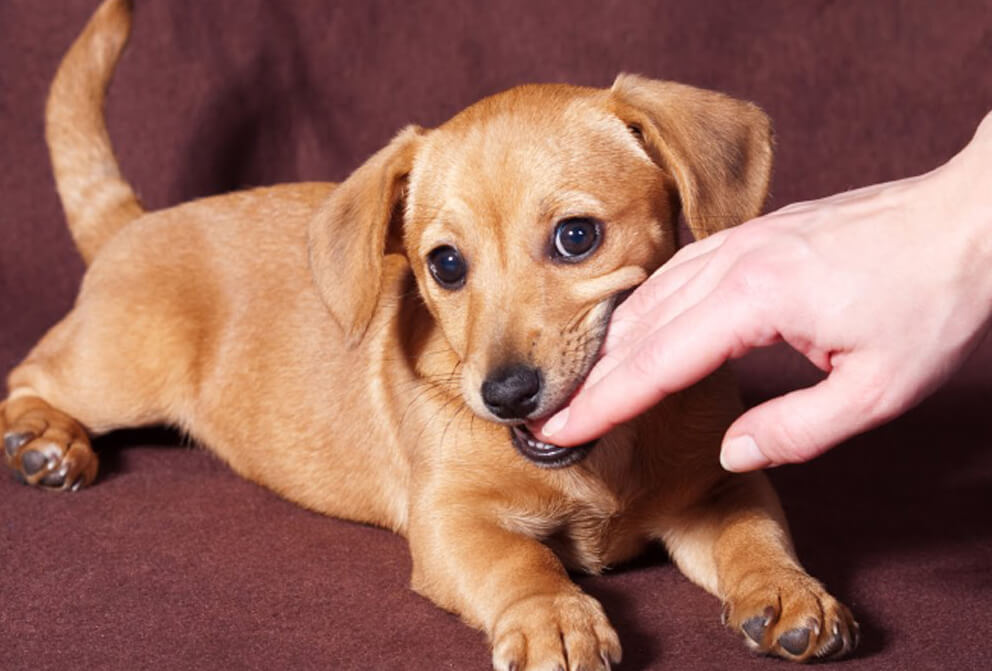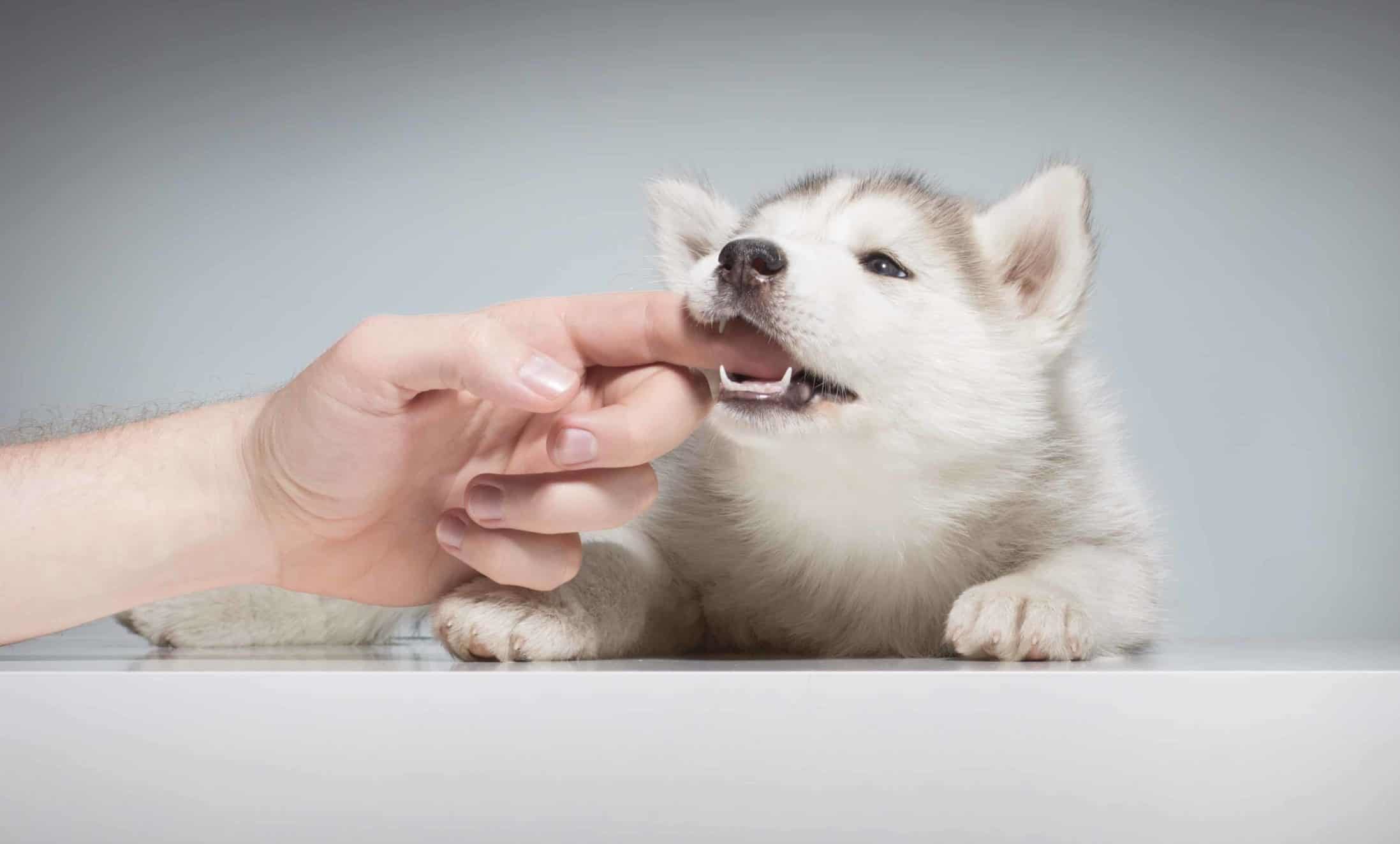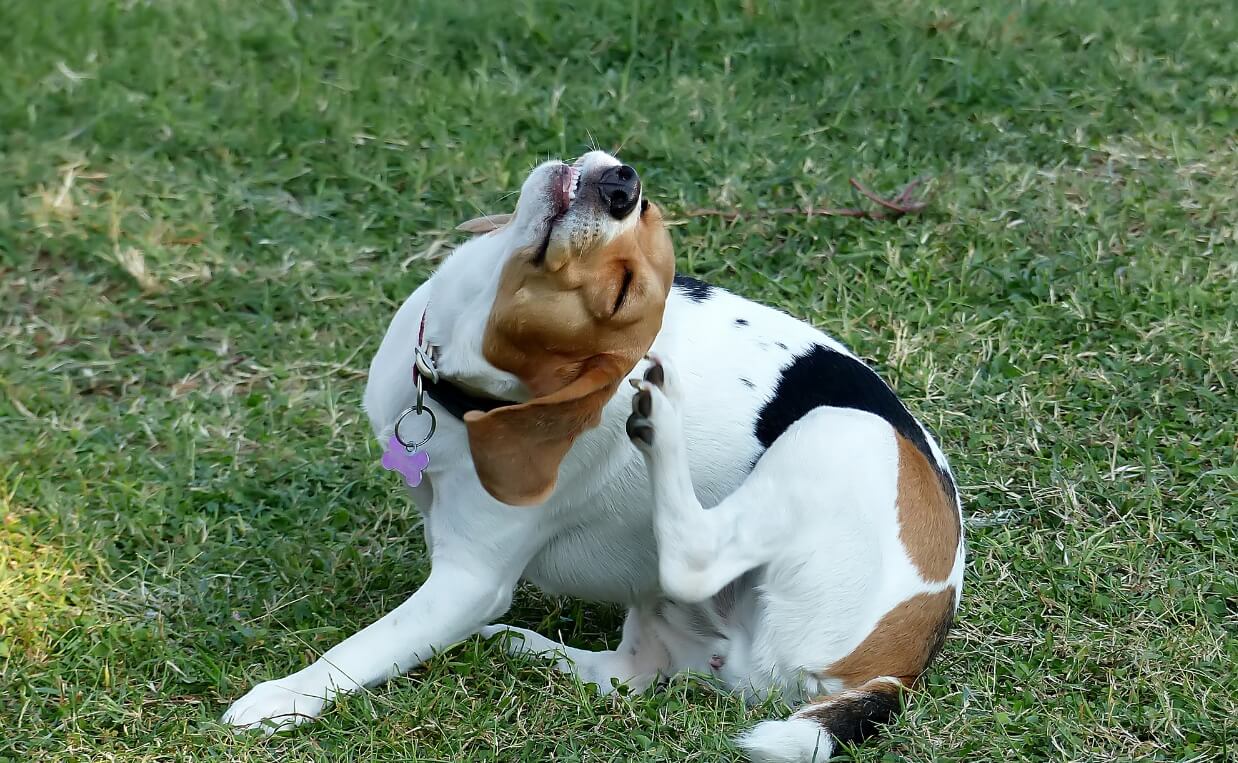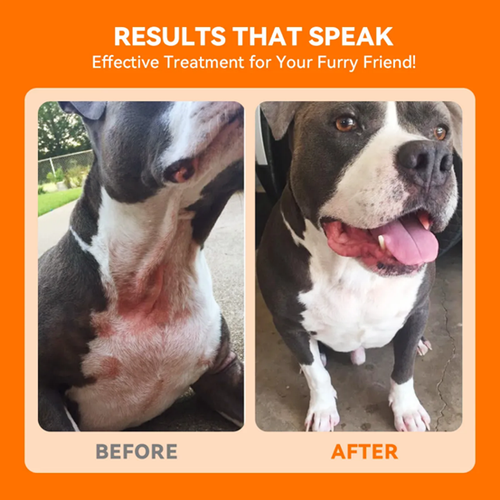If you are a dog owner, you understand the challenges that biting behavior can present. Not only can it be painful, but it can also pose a risk, especially if your dog bites someone else. Luckily, there are effective measures you can take to prevent and address biting in your dog.
First and foremost, it is crucial to comprehend why your dog is biting. Dogs may bite out of fear, aggression, playfulness, or during the teething phase. Identifying the root cause of the biting will enable you to address the issue effectively. For instance, if fear is the trigger, you may need to focus on socializing your dog more. On the other hand, if teething is the cause, providing appropriate chew toys can alleviate the problem.
Teaching your dog appropriate behavior is another essential step in curbing biting tendencies. This entails training them to obey commands such as “sit” or “stay,” as well as discouraging jumping or nipping at people. Consistency is key when it comes to training, so ensure that everyone in your household follows the training plan. With patience and persistence, you can guide your dog towards behaving appropriately and discourage biting.
Understanding the reasons behind dog biting is vital for all dog owners. Fear is a common underlying factor for aggressive behavior in dogs. When dogs feel threatened or their personal space is invaded, they may resort to biting as a defensive mechanism. Pain or discomfort can also trigger biting if sensitive areas are touched. Dogs may exhibit possessive behavior when it comes to their resources, such as food or toys, leading them to bite if they perceive a threat. Additionally, dogs may become territorial and aggressive towards intruders in their home or yard. Lastly, inadequate socialization can cause dogs to feel uncomfortable or threatened by unfamiliar people or animals, resulting in biting incidents.
It’s important to note that any dog, regardless of breed or size, can exhibit biting behavior. Understanding these reasons can aid in the prevention of biting incidents and the creation of a safe environment for both pets and those around them.
Various training techniques can effectively prevent dogs from biting. Positive reinforcement is a valuable approach, rewarding good behavior instead of focusing on punishing inappropriate behavior. This can be achieved through treats, extra playtime, verbal encouragement, or petting. By rewarding positive behavior, you encourage its repetition.
Bite inhibition training is also helpful in teaching dogs to control the force of their bites. This skill is essential to prevent serious injuries if a bite does occur. To train bite inhibition, substitute human skin with toys or treats. When your dog bites too hard, express a high-pitched “ouch” and immediately cease playing. This teaches your dog that biting forcefully is unacceptable.
Socialization plays a crucial role in preventing biting incidents. Exposing your dog to various people, animals, and situations in a controlled manner helps them learn proper interaction without resorting to biting. Early socialization is especially important, and ongoing exposure to new experiences throughout your dog’s life is beneficial.
Time-outs are an effective tool if your dog bites someone. Placing your dog gently in their crate or a separate room allows them to calm down and prevents further biting. It’s crucial to ensure that your dog doesn’t associate their crate or time-out area with punishment, so provide positive experiences in those spaces as well.
By consistently utilizing these training techniques, you can assist your dog in controlling their biting behavior and becoming a well-behaved member of your family.
Preventing dog biting from the outset is the best approach to ensure the safety of both your furry friend and your loved ones. Here are some tips to help prevent dog biting:
- Socialization and Training: Socialize your dog from a young age to help them become comfortable around people and other animals. Teach your dog basic commands like sit, stay, and come to control them in uncomfortable or threatening situations.
- Supervision: Never leave your dog unsupervised around children or strangers, especially if they have a history of biting. Keep your dog on a leash in public places and ensure they are securely confined at home.
- Recognizing Warning Signs: Learn to recognize warning signs that your dog may exhibit before biting, such as growling, barking, snarling, or snapping. If you notice these signs, remove your dog from the situation immediately.
- Respecting Your Dog’s Space: Give your dog space and avoid forcing them into uncomfortable situations. If your dog shows signs of discomfort or fear, back off and give them room. This helps prevent your dog from feeling threatened and potentially resorting to biting.
- Seek Professional Help: If you are struggling to prevent your dog from biting, consult a professional dog trainer or behaviorist. They can help you understand the underlying causes of the biting and provide guidance and techniques to prevent future incidents.

By following these tips, you can prevent dog biting and create a safe and harmonious environment for both your dog and everyone around them, you can also find more pet care tips online.
Dealing with aggressive dog behavior requires understanding the root cause of the aggression. Aggression in dogs can stem from fear, territoriality, or a lack of socialization. Identifying the cause is crucial to developing an appropriate plan to address the behavior.
One effective approach to dealing with aggressive behavior is positive reinforcement training. This involves rewarding the dog for good behavior and redirecting or ignoring negative behavior. For instance, if your dog displays aggression towards strangers, reward them for staying calm and friendly in the presence of unfamiliar people. Consistency is key, and positive reinforcement should be employed consistently over time.
Managing the dog’s environment is another strategy to reduce the likelihood of aggressive behavior. This may involve keeping the dog away from situations that trigger their aggression, such as other dogs or loud noises. Tools like muzzles or leashes can be used to control the dog’s behavior in potentially dangerous situations.
In severe or persistent cases of aggression, seeking professional help from a dog trainer or behaviorist is recommended. They can develop a customized plan to address the dog’s behavior and provide ongoing support and guidance.
Regardless of the approach taken, it’s important to approach the situation with patience and understanding. Aggressive behavior in dogs can be challenging, but with the right approach and support, it can be effectively addressed and managed.








